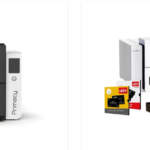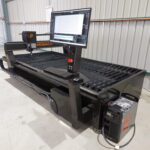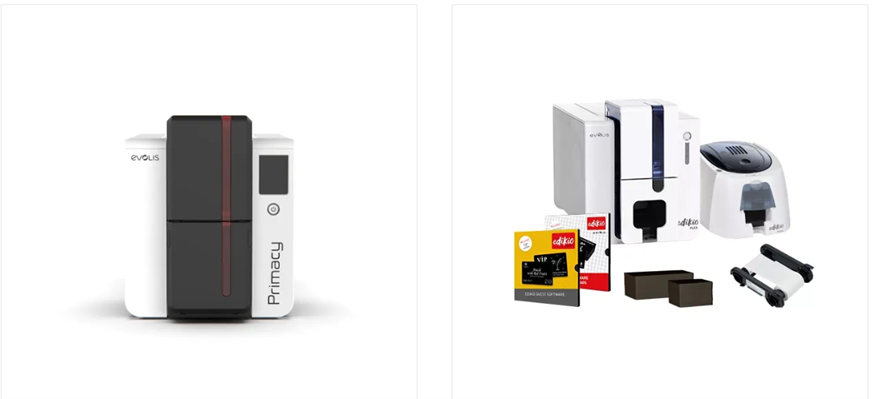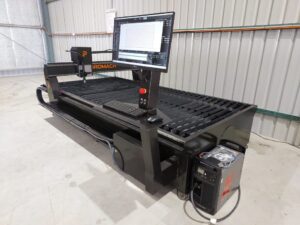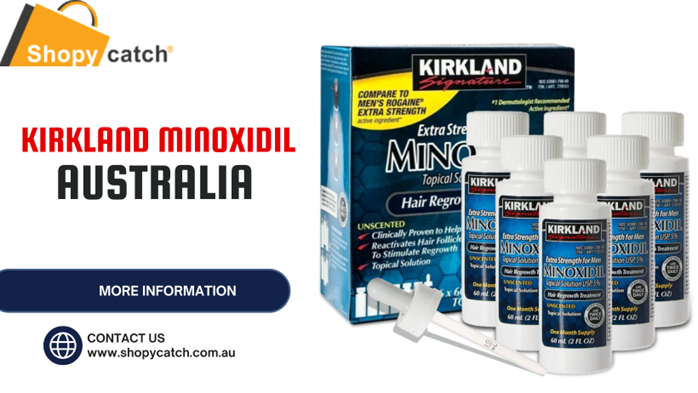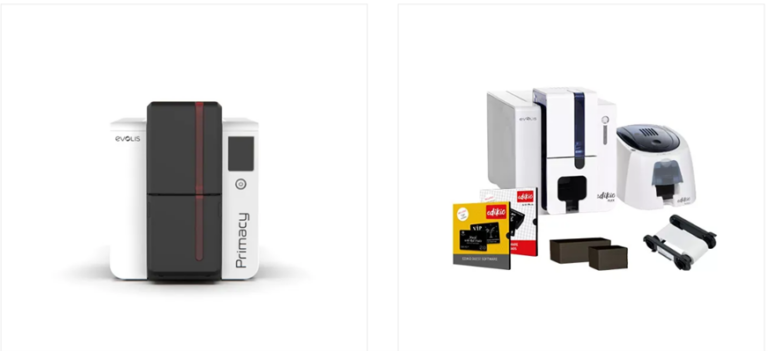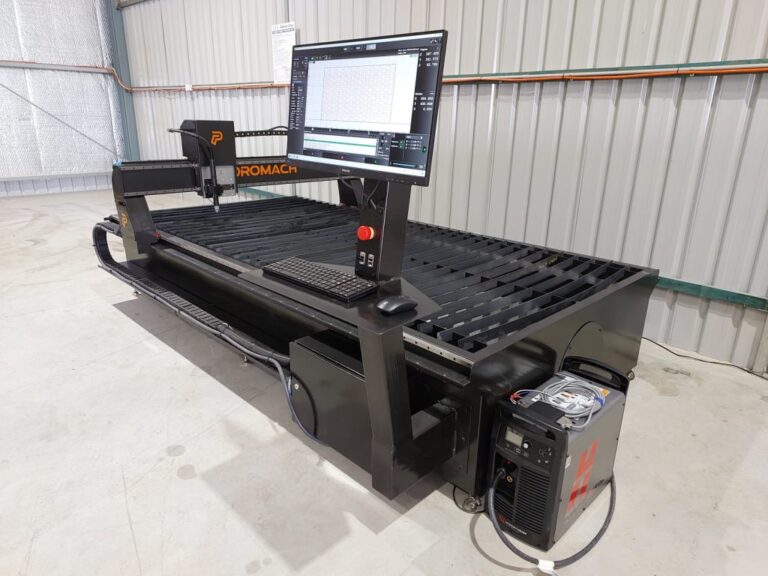In today’s fast-paced and security-conscious business world, plastic card printers have evolved into a critical asset. From creating secure employee ID badges to customer loyalty cards and event access passes, card printers are used in almost every industry—from corporate and education to healthcare and hospitality. But with so many models, features, and brands to choose from, selecting the right card printers can feel overwhelming.
This buyer’s guide is here to make that decision easier. Whether you’re purchasing your first badge printer or upgrading an older model, we’ll walk you through everything you need to know—without the jargon. So let’s break it down and help you find the perfect fit for your organization’s needs.
Why Do You Need a Plastic Card Printer?
Plastic card printers offer the flexibility to create custom-designed, professional-looking cards in-house, on-demand. They eliminate the wait and expense of outsourcing, give you complete control over design, and allow you to quickly respond to operational needs—like issuing a temporary visitor badge or replacing a lost staff ID in minutes.
For businesses handling customer service, security, or event access, the benefits of a reliable plastic card printer go far beyond convenience. They contribute directly to operational efficiency, branding consistency, and even compliance in certain industries.
Some of the most common applications include:
- Employee ID and access cards
- Membership and loyalty cards
- Event credentials and visitor passes
- Student IDs
- Gift cards and discount cards
And because personalization is now expected, these printers allow you to add names, photos, QR codes, and magnetic stripes or chips—all in one streamlined process.
Types of Card Printers: Which One Is Right for You?
Choosing the best plastic card printer depends on what you’re printing, how often, and what features you need. Here are the primary types to consider:
- Direct-to-Card (DTC) Printers
These are the most common and affordable. They print directly onto the surface of the card. DTC printers are great for basic identification cards and general use. However, they usually leave a thin unprinted border, and they don’t work as well with cards that have embedded chips or irregular surfaces.
- Retransfer (Reverse Transfer) Printers
If you need edge-to-edge printing or you’re working with smart cards, this is the way to go. These printers first print onto a film that’s then applied to the card, producing sharper images and better durability. They’re also more forgiving of surface imperfections.
- Single-Sided vs. Dual-Sided Printers
Single-sided printers are fine for simple ID cards, but if you plan to add information (like barcodes, terms and conditions, or additional credentials) on the back, a dual-sided badge printer will save you time and hassle.
Top Features to Consider Before You Buy
It’s not just about how the printer looks—it’s about how it works for you. Here are the key features to compare when shopping:
- Print Resolution & Quality: For clear text and photo IDs, look for at least 300 dpi (dots per inch).
- Print Speed: If you need to print hundreds of cards a day, don’t settle for a slow model. Look at both single-side and dual-side print speeds.
- Encoding Options: Need magnetic stripes, smart chips, or RFID capabilities? Make sure the printer supports these functions.
- Connectivity: USB is standard, but network or Wi-Fi support adds flexibility for larger teams.
- Ease of Use: Don’t underestimate the value of intuitive software and easy maintenance. Card jams and ribbon confusion can quickly derail your day.
- Security Features: Look for printers with password protection, secure print capabilities, and locking hoppers if you’re handling sensitive ID credentials.
How to Choose the Right Printer for Your Business
Now that you know the types and features, it’s time to match your printer to your organization’s unique needs.
✔️ Small Offices or Startups: If you only need to print a few cards each week—perhaps for staff or temporary visitors—a basic single-sided DTC printer will likely meet your needs without breaking your budget.
✔️ Educational Institutions: Schools and universities typically need dual-sided printers for student IDs, often with barcode or RFID encoding. Mid-range DTC or entry-level retransfer printers are popular choices.
✔️ Corporate Environments: When printing large batches of staff IDs with photos, logos, or access credentials, a dual-sided retransfer printer ensures high quality and durability.
✔️ Retail and Hospitality: For membership cards or gift cards, look for fast, reliable plastic card printers with vibrant color printing and easy integration with POS systems.
✔️ Healthcare or Government: In high-security settings, retransfer printers are a must. They work best with embedded chip cards, and many models support secure encoding and tamper-proof overlays.
Where to Buy a Card Printer You Can Rely On
If you’re ready to invest in a badge printer that won’t let you down, it pays to buy from a trusted specialist. At Interact Card, we’ve been helping Australian businesses find the right plastic card printing solutions for over 20 years.
We understand the importance of reliability, print quality, and security. That’s why we only offer tested, proven products from top-tier manufacturers—and back them with real customer support and expert advice. Whether you need 50 cards or 50,000, we can help you scale up smoothly and confidently.
Plus, with our wide range of printers, accessories, and consumables, we make it easy to manage your card printing in one place—saving you time and reducing cost over the long run.
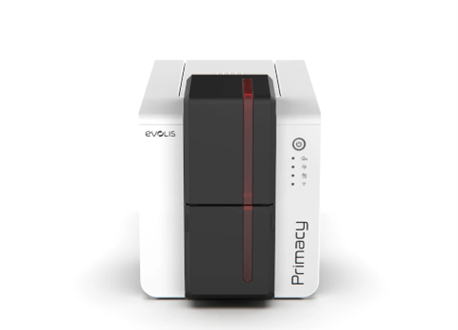
Final Word: Invest in Efficiency and Identity
The right card printer is more than a purchase—it’s a productivity tool. From reinforcing your brand identity to enhancing building security and customer engagement, having an in-house solution for plastic card printing is a smart move.
Take the time to assess your needs, compare features, and don’t hesitate to ask for expert advice. Your organization’s ID system should work for you, not against you.
Ready to get started? Visit Interact Card to explore our full range of printers and find a custom solution that fits your workflow—and your budget.



